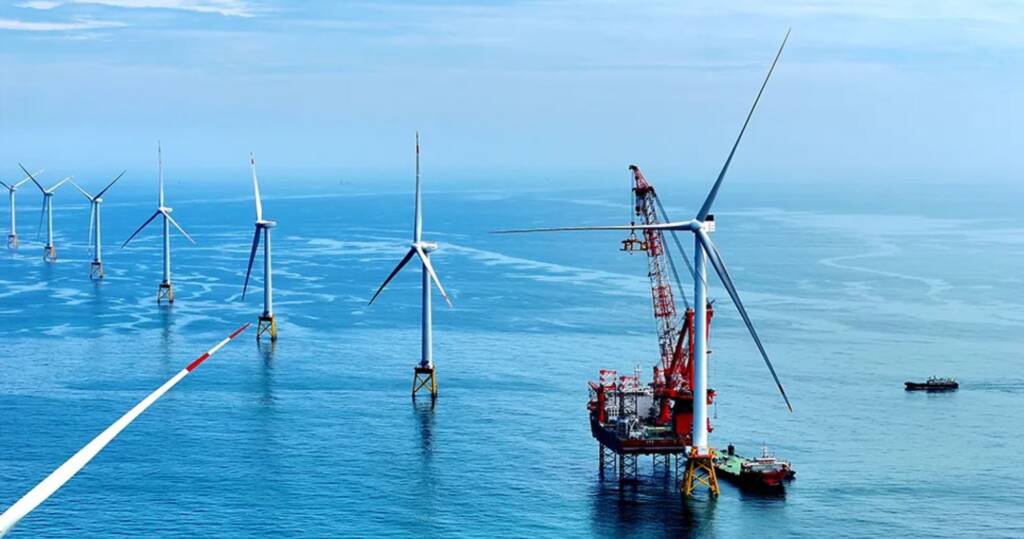Two men who made critical contributions to the development of wind power will share the £500,000 QEPrize, external, nicknamed the “Nobel of engineering”.
By Jonathan Amos BBC
Denmark’s Henrik Stiesdal framed the early design principles for wind turbines and led the installation of the world’s first offshore wind farm.
The UK’s Andrew Garrad developed the computer models that optimise and certify turbine and farm designs.
Their innovations had changed the world, the judges said.
And they had “enabled wind energy to fulfil a crucial role in today’s electricity generation mix”.
The 2024 Queen Elizabeth Prize for Engineering laureates were announced at a ceremony in London’s Science Museum, on Tuesday evening, in the presence of the Princess Royal.
Their recognition follows last year’s award to the pioneers of solar power.

Mr Stiesdal and Mr Garrad began their wind journeys in the 1970s, both building “backyard” turbines.
The Dane was driven by concerns about energy costs arising from that decade’s oil shocks.
The Briton sought a practical use for his mathematical skills, following a PhD modelling water flow around fast-swimming dolphins.
Mr Stiesdal is associated with what became known as the “Danish concept”, setting the fundamental parameters for efficient and robust turbine design:
- three rotating blades mounted up-wind of a two-speed gearing and generator system
- a mechanism to control yaw, turning the whole set-up directly into the flow of air
“Of course, today’s turbines are much more advanced – but they still retain many of the early features,” Mr Stiesdal told BBC News.
“All the turbines in the world go clockwise when you look at them with the wind in your back, because that’s how the original Danish turbines worked.
“For a while, half went counter clockwise – but now, they all go clockwise because people recognised the success of the early designs.”


